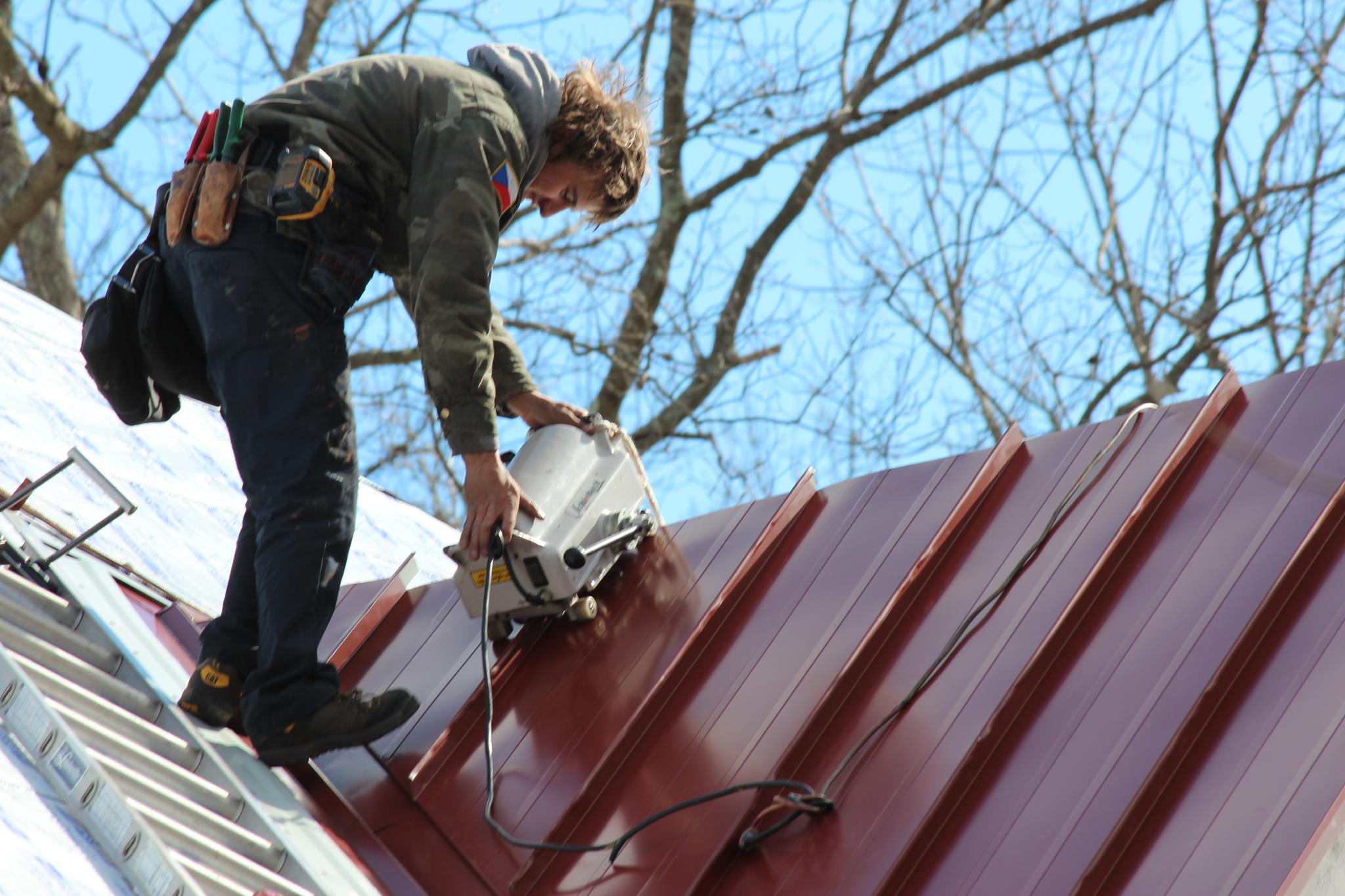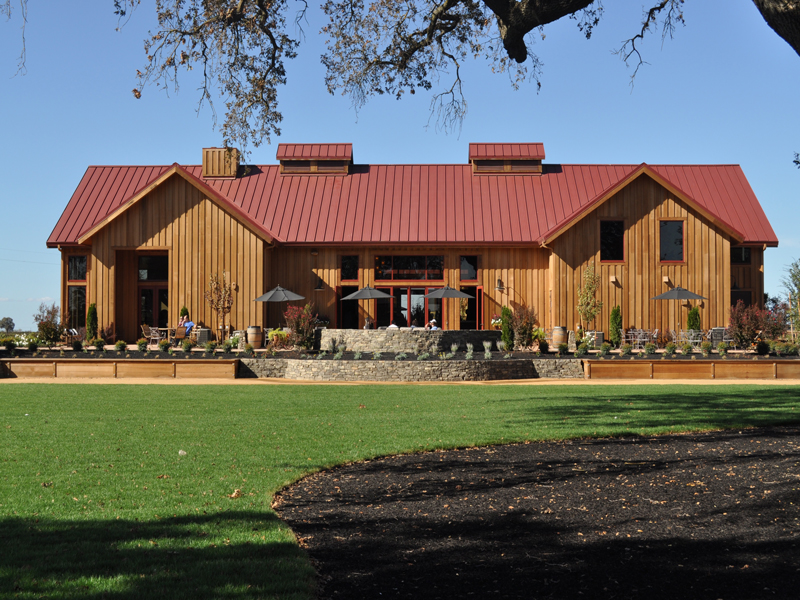Let’s Talk About Those Black Stains On Your Roof
We’ve had a lot of rain this year. I mean A LOT OF RAIN. And because of all that moisture, you may have noticed some black staining on your or your neighbor’s roof.
It’s not mold. It’s probably not soot. The black spots discoloring your asphalt roof are more than likely the pervasive algae known as Gloecapsa Magma. Unfortunately, they love to feed on the calcium carbonate contained in most asphalt shingles.
These roof-invaders require a moisture-rich environment, usually supplied by dew and shade. The first stains usually appear on the north-facing sides of a roof, which receives less light, and in areas with heavy tree coverage.
Algae travel through the air, so if one neighbor receives a few spores, the whole neighborhood will soon be sporting the black streaks. While the algae are a mostly aesthetic nuisance, with time, the moisture retained in the algae can prematurely age your shingles.
A DIY Fix
No matter how tempting, don’t attack the discoloration with a high-pressure washing, this will only affect the integrity of shingles. Instead, gently spraying on a solution made from one cup of trisodium phosphate (available at most hardware stores), one gallon of bleach, and five gallons of water and letting it sit for about twenty minutes.
Apply the treatment on a cloudy day so the liquid doesn’t just evaporate.
Be sure to protect the plants and bushes that might be affected by the bleach runoff with plastic tarps. Then, rinse with a soft-pressure wash.
A Longer Term Fix
Of course, cleaning the roof doesn’t keep the mold from reoccurring. You might have noticed how the shingles near metal, like around skylights or chimneys with copper flashing, aren’t affected by the algae. That’s because the water running off contains minute traces of metal that stops its growth. This is why you’ll notice, you’ll never see this staining on metal roofs.
A similar solution can be created by installing copper or zinc strips under the full course of shingles at the ridge of the roof. As rainwater washes across the metal it will create an uninhabitable environment for future spores.
Use strips that are six or seven inches wide and ten feet long, fastened with a low profile, round-head ring-shank nails or screws made of compatible metal.
If starting from scratch is an option, you can choose a metal roofing material or you can re-shingle the roof with shingles that have metal granules to exact the same effect as the metal strips—manufacturers of algae-resistant shingles include Owens Corning, CertainTeed, and GAF. They cost a few dollars more per square foot, but ensure at least ten algae-free years.
What If It’s a Green Stain
If what you have are green stains, instead of black, then the culprit is moss, usually spread from overhanging trees. The solution is the same as with the algae, although a broom might be used to help gently dislodge the clingy spores.
The same metal strips prevent the green vegetation from returning, but you can always help the process along by trimming overhanging trees and foliage away from the roof.
If this is something you don’t want to tackle yourself, you can always call us at DYMI Construction. As always, we are here to take care of all your roofing needs.


